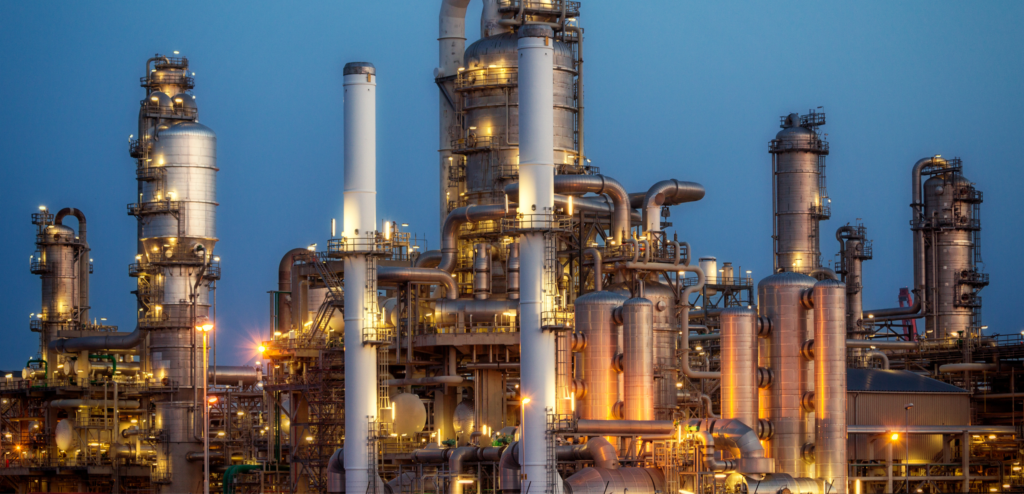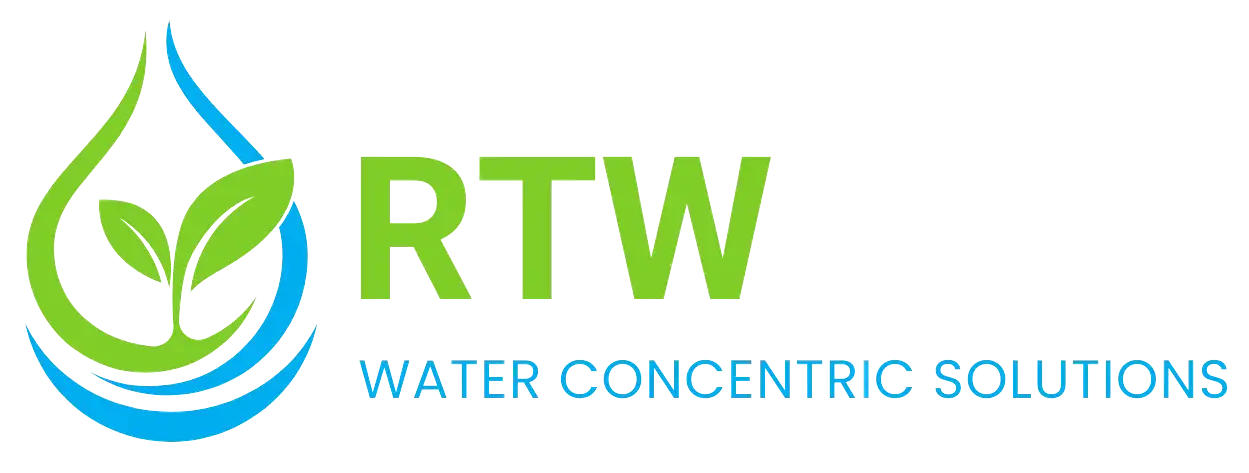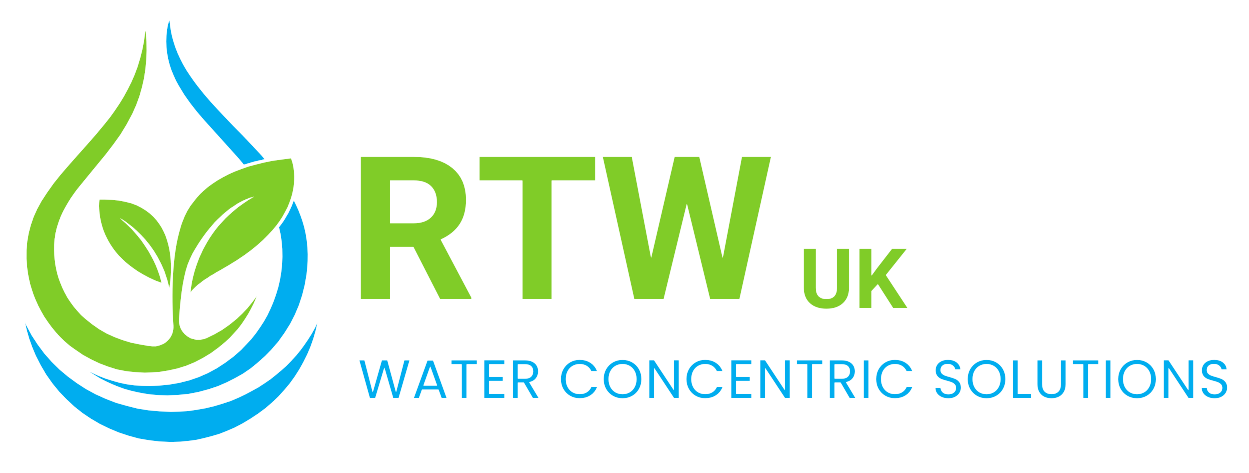Wastewater Treatment in Oil and Gas Industry
- Oil and Gas Industry
Oil and Gas Industry
The oil and gas industry is a cornerstone of energy production, driving economic growth and supporting industrial progress across the globe. Nowhere is its importance more evident than in the Middle East, a region central to global energy supply. However, the industry faces mounting challenges in managing wastewater streams and emissions that often contain hazardous compounds.
Effective treatment is no longer optional. It is a necessity to safeguard the environment and comply with strict regulations for maintaining long-term sustainability. The industry operates across three key segments: upstream, midstream, and downstream.
- Upstream activities, such as exploration and extraction, generate significant volumes of wastewater from drilling and production.
- Midstream operations, including transportation and storage, create effluents requiring careful treatment to remove hydrocarbons, salts, and other contaminants.
- Downstream processes, such as refining and petrochemical manufacturing, produce highly complex wastewater that demands advanced treatment systems to meet discharge standards.
Across all stages of the value chain, responsible water management is essential to balance energy production with environmental protection.

Problems Faced
| Key Issue | Description |
|---|---|
| Hydrocarbon Contamination | High concentrations of hydrocarbons pose serious risks, including groundwater contamination and soil pollution. |
| Produced Water | Large volumes of produced water, containing salts, heavy metals, and hydrocarbons, require treatment before reuse or disposal. |
| BTEX Compounds | Elevated levels of benzene, toluene, ethylbenzene, and xylenes create health hazards and environmental damage if untreated. |
| Oil and Grease (O&G) | Excessive O&G reduces treatment efficiency, clogs systems, and leads to pollution without proper management. |
| High BOD (Biochemical Oxygen Demand) | Indicates high organic content, which depletes oxygen in water bodies and threatens aquatic ecosystems. |
| High COD (Chemical Oxygen Demand) | Reflects the presence of organic and inorganic pollutants, contributing to serious water quality issues. |
| Elevated TOC (Total Organic Carbon) | Points to a heavy organic load, requiring effective treatment to protect water resources. |
| High TDS (Total Dissolved Solids) | Dissolved salts and minerals lead to soil salinization, agricultural decline, and aquatic ecosystem damage. |
Vision and Goals
RTW’s Vision for the Middle East Oil and Gas Sector
RTW is at the forefront of helping the Middle East oil and gas industry meet these pressing challenges. With world-class expertise and advanced wastewater treatment technologies, RTW delivers customized solutions designed for the region’s unique operational and environmental landscape.
Environmental Protection
Our systems ensure harmful contaminants are removed, protecting fragile desert ecosystems and marine environments while supporting long-term sustainability.
Regulatory Compliance
We help oil and gas companies meet the strict regulatory standards enforced across the Middle East, avoiding legal risks and ensuring responsible operations.
Resource Conservation
Through advanced water recovery and reuse strategies, RTW reduces reliance on scarce freshwater resources, supporting the region’s sustainability goals.
Operational Efficiency
Our solutions improve asset performance by preventing corrosion, scaling, and fouling, reducing downtime and maintenance costs across the value chain.
Public Health and Safety
By ensuring safe treatment and disposal of wastewater, RTW minimizes risks to workers, surrounding communities, and the wider environment.
RTW is committed to supporting the Middle East oil and gas sector in its transition toward more sustainable practices. Our focus on innovation, resource recovery, and compliance enables oil and gas companies to strengthen environmental stewardship while maintaining efficiency and profitability.

